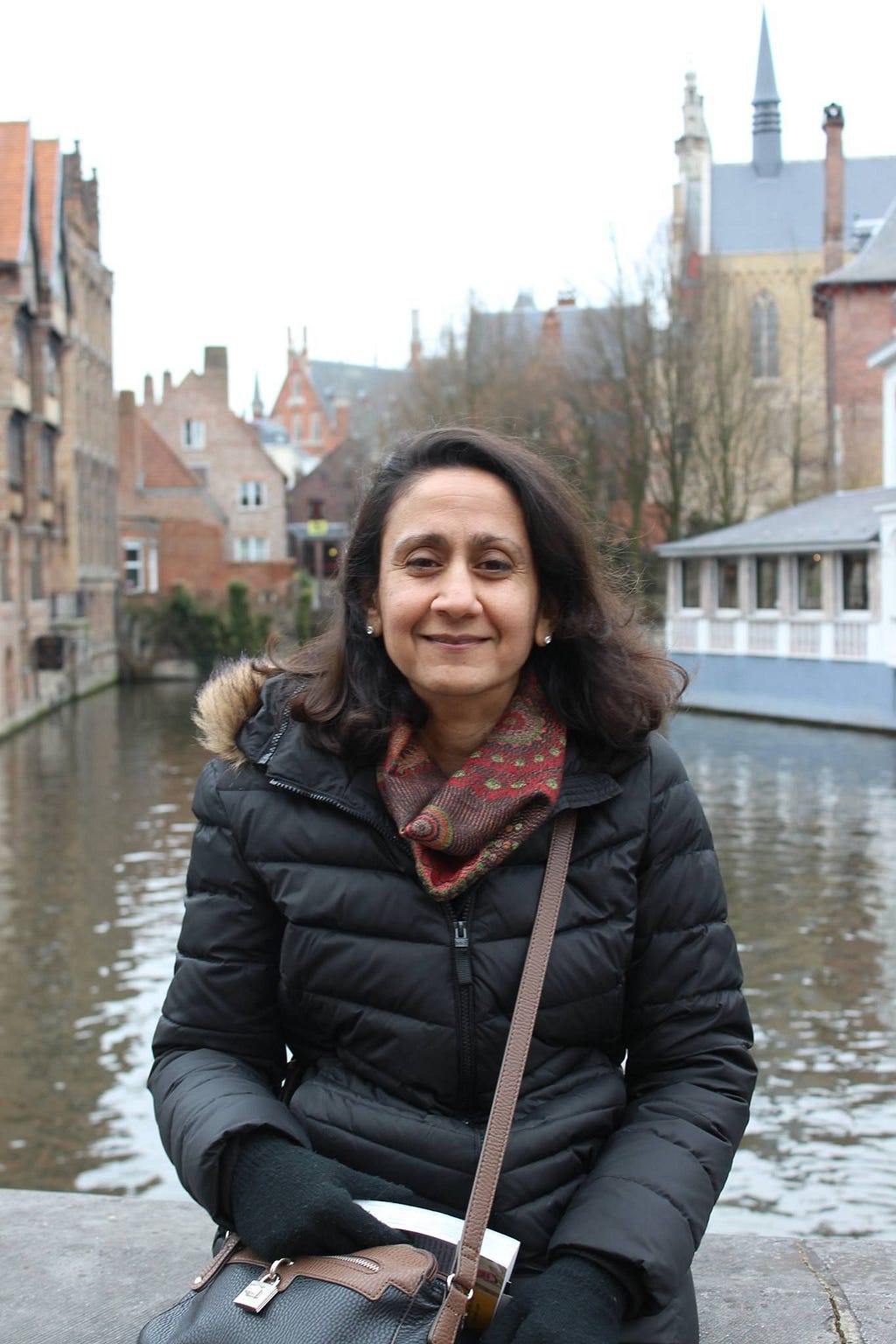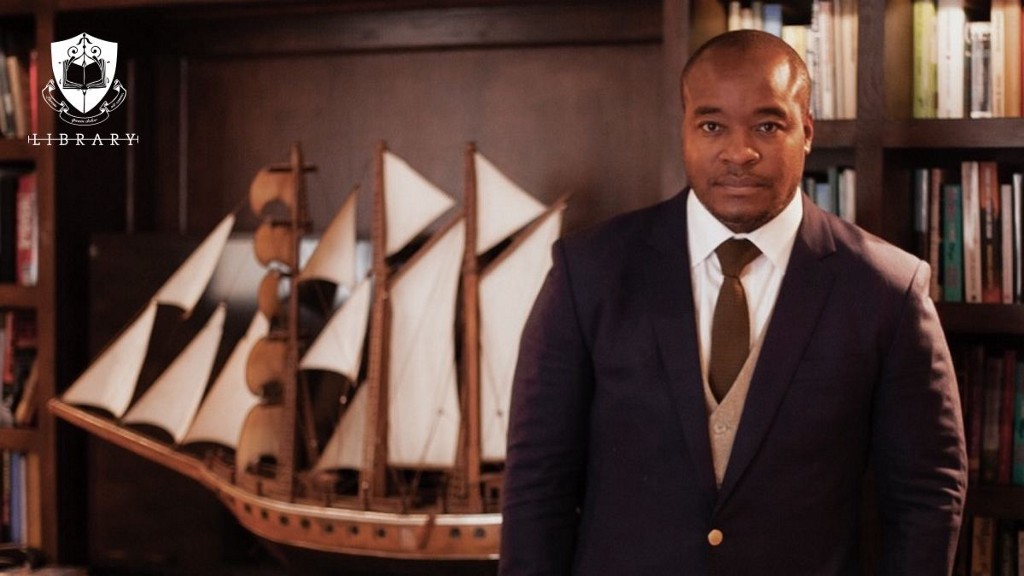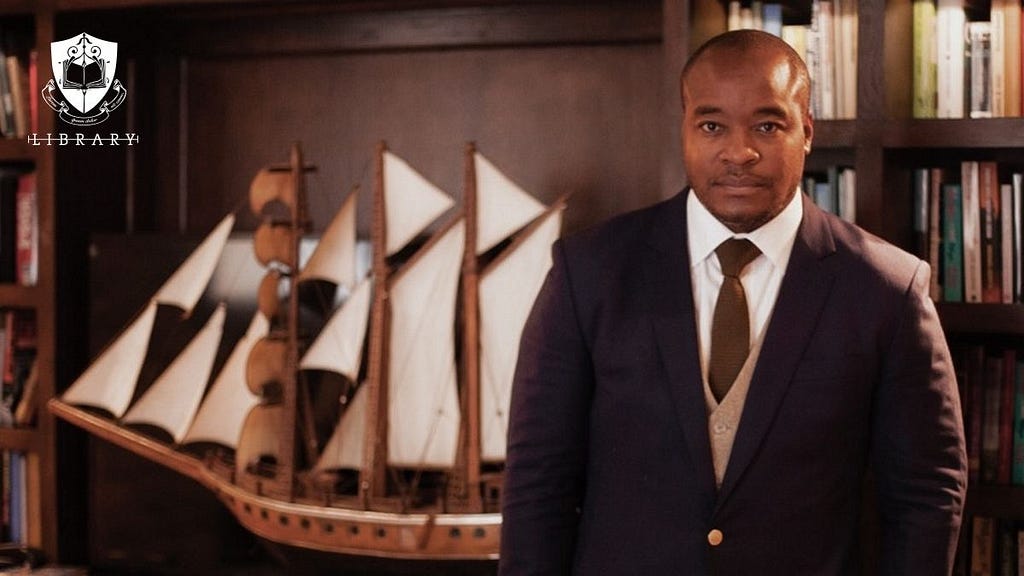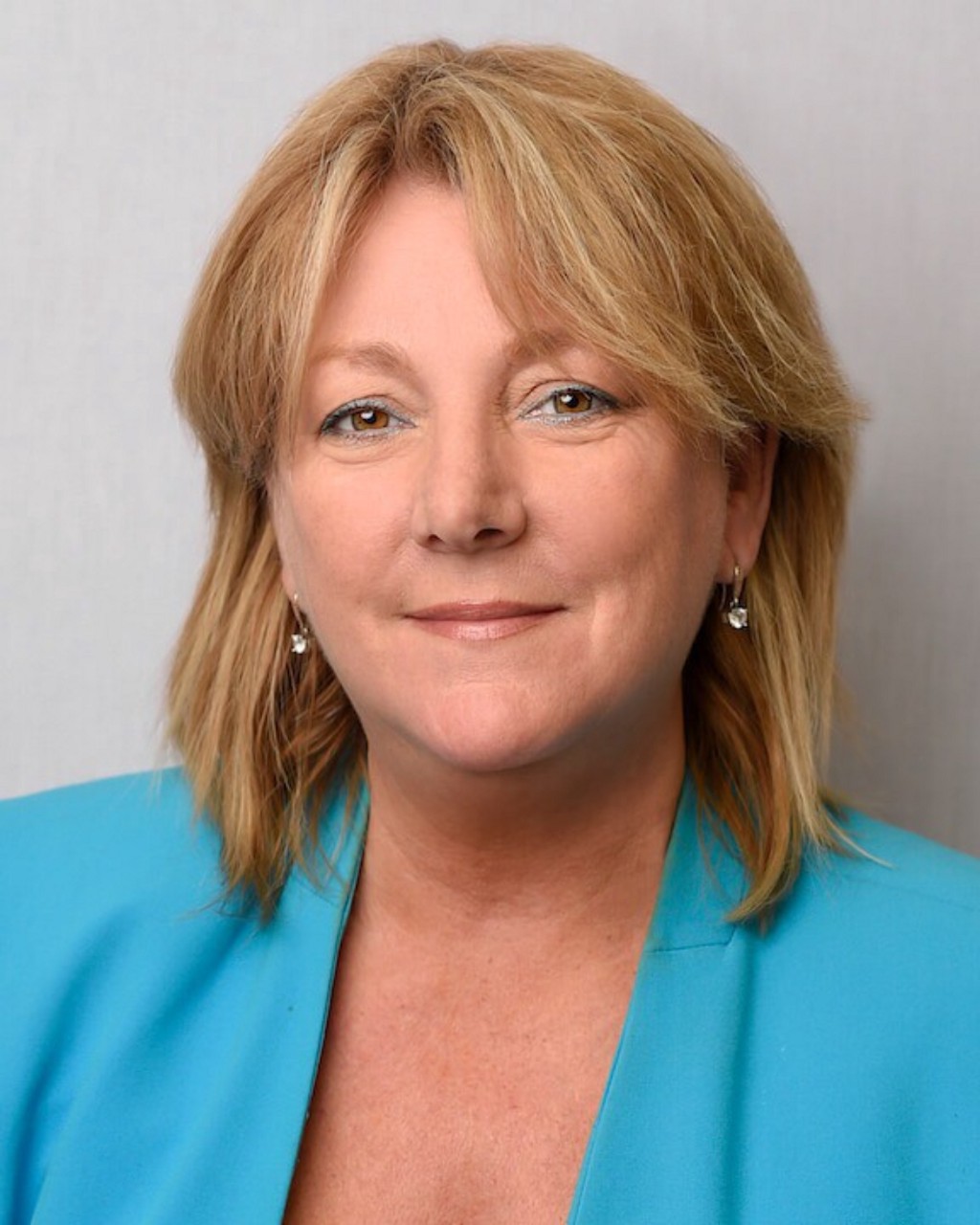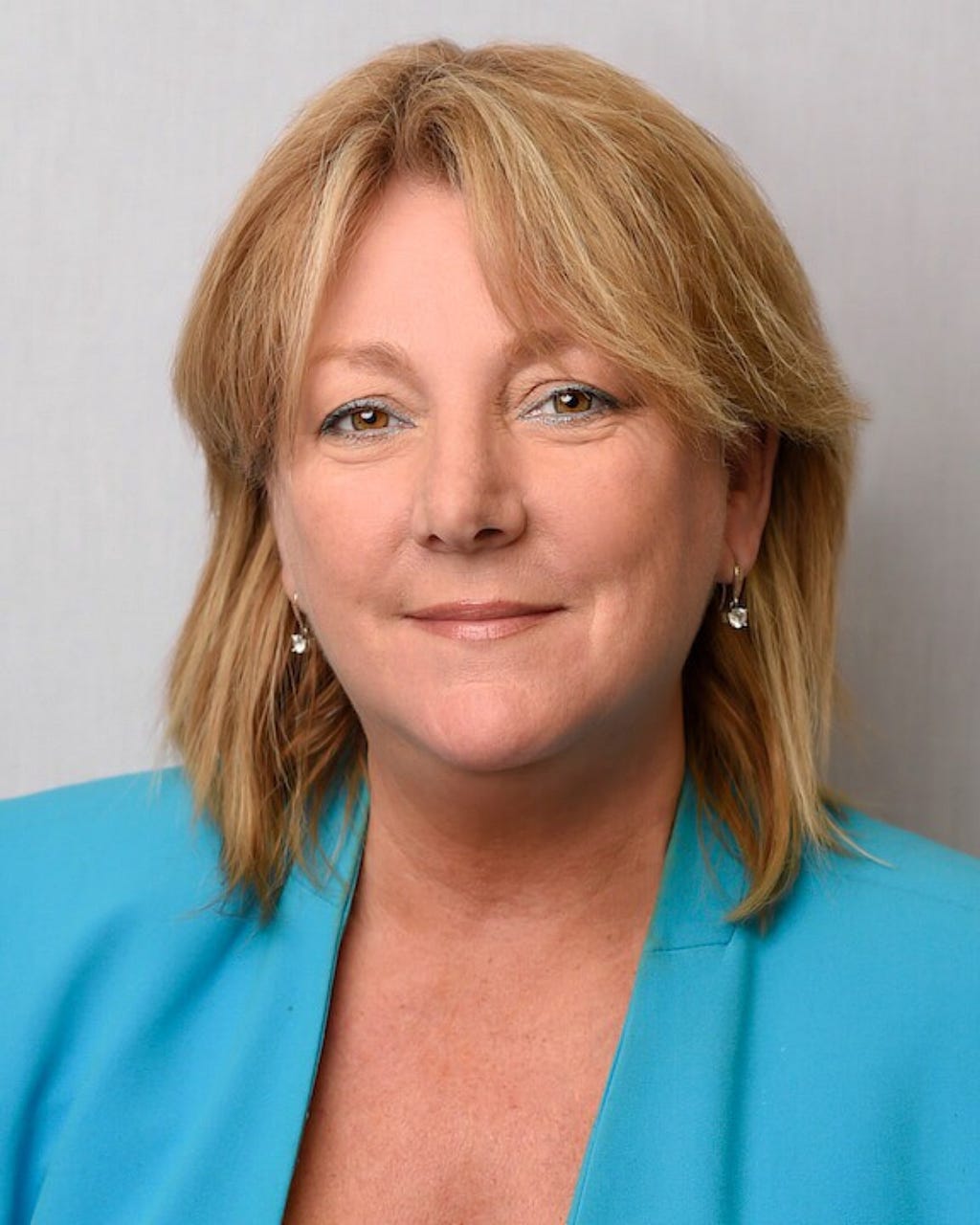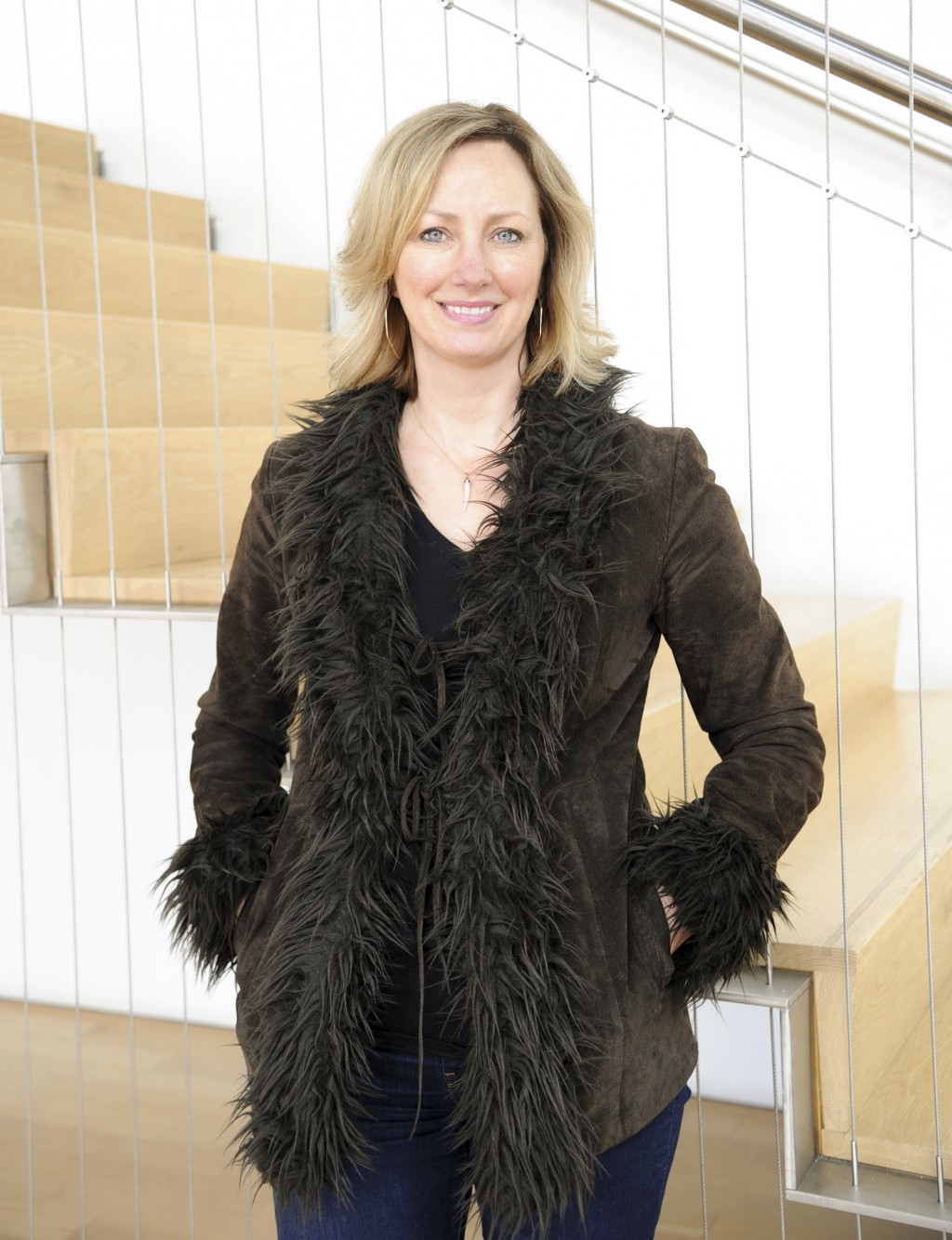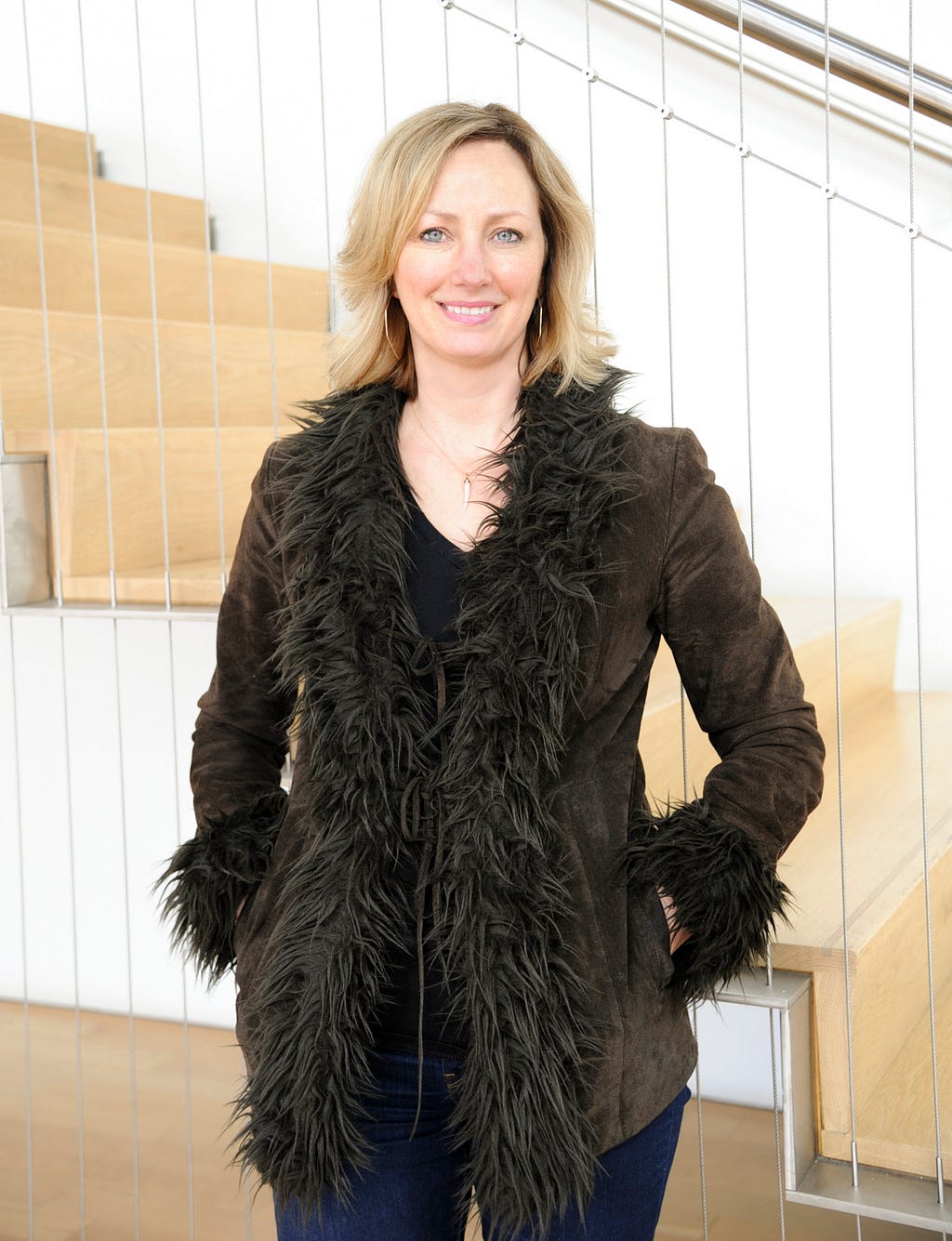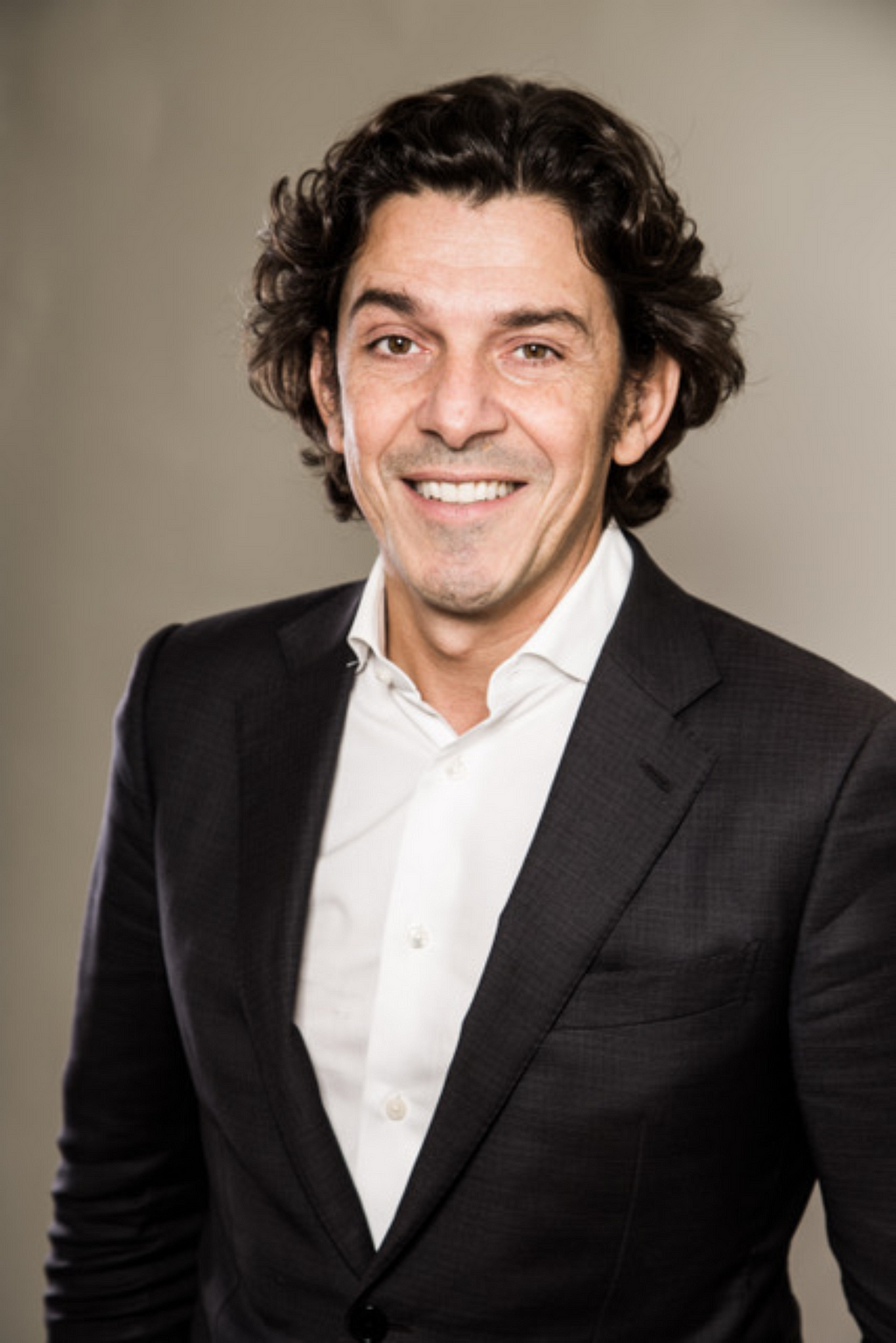
In the same way after 9/11 when we got much more serious in airports with security checks, we will have now health checks. At the airport they are taking your temperature and asking you to take a test. We are already talking about the health passport being required to show proof of our vaccine, but it could be extended to many more health areas and not just COVID.
As part of our series about “The Future Of Air Travel”, I had the pleasure of interviewing Francois Chopard .
Francois Chopard is the CEO and Founder of Starburst Aerospace and an entrepreneur with over 20 years of experience in strategy consulting, entrepreneurship and business development. In 2012, he founded Starburst Accelerator, the 1st incubator/accelerator dedicated to aerospace start-ups, and has since expanded the company to offices in LA, Munich, Singapore, and several other countries. Mr. Chopard specializes in the Aviation Aerospace and Defense industries featuring high stakes technology and has developed a wide experience of innovation-related issues.
Thank you so much for joining us in this interview series! Before we dive in, our readers would love to get to know you a bit better. Can you tell us a story about what brought you to this specific career path?
I was always passionate about aerospace and everything that flies. I wanted to be able to travel faster and everywhere around the globe. At the beginning of my career, I worked for Airbus and had the opportunity to spend two years in the U.S. with the Air Force. I then got my pilot license and came back to Europe but I always knew my career would bring me back to the U.S. and allow me to travel around the world.
Can you share the most interesting story that happened to you since you started your career?
I spoke at Davos, met Elon Musk, and met with our current French President a couple of times, but the most interesting is when we launched our business six years ago in the U.S. We organized the first Space startups pitch competition with Boeing in LA and right away we got a phone call from the White House Office of Science and Technology Policy under the Obama administration. We had the amazing opportunity to go to the White House for several meetings to discuss Space Policy and be a part of the conversation on a higher level.
Can you share a story about the funniest mistake you made when you were first starting? Can you tell us what lesson you learned from that?
I started in Paris (France) to test the business model and the interest from startups and corporate players. It worked quite well so I decided to open an Office in Toulouse (the other French Aerospace Capital and Airbus HQ). I spent months there and met with almost one hundred people, but it ended up not being a great fit. I started to think my venture would be a failure, but then I came to the U.S. and things really took off. Sometimes what seems like a great opportunity in the beginning will not be the best fit for your company and goals and you need to keep pushing forward.
Which tips would you recommend to your colleagues in your industry to help them to thrive and not “burn out”? Can you share a story about that?
It’s a Marathon and not a sprint. You need to be super determined because so many people in the industry told me that I would not succeed and my business model would not work. However, I proved them wrong and still look back on those emails from the people who thought I’d fail to remind myself how far I’ve come.
It’s also good to lay out execution plans along with your big ideas. Ideas can take a couple of hours to develop, but execution is what takes you years to accomplish.
The people you are hiring are also a big part of the solution. You need to hire smart people that you can trust and rely on. And that’s not easy.
You need to have good nerves as it’s a roller coaster. You have good news and even great news but you also have tough situations to manage and the past year was clearly one. We were anticipating a major growth year, doubling our team and our revenue, and closing our fund. In the end none of this happened, we lost a lot of corporate clients and we went into survival mode to make sure we were able to pay the salaries of everyone at the end of each month. It was very stressful, but we made it thanks to the persistence of the team.
None of us are able to achieve success without some help along the way. Is there a particular person who you are grateful towards who helped get you to where you are? Can you share a story?
I had a couple of amazing people that supported me along the way. The ex-Airbus CTO believed in us right away and gave us his moral support at first and then a contract. The same thing happened a year later with the ex-Boeing CTO. Both are great visionaries who truly believed in our mission and the way we were going about achieving our goals.
Can you share with our readers how have you used your success to bring goodness to the world?
We’re very focused on sharing our success amongst our employees, so most of them have shares in our business. We try to share the profits and the growth to almost everyone. Outside of our internal operations, we are focusing on renewable / green transportation, and we have invested in electric and hydrogen aircraft, new types of batteries, solar technologies, etc. all with the goal in mind to make our planet more sustainable.
Thank you for that. Let’s jump to the core of our discussion. Can you share with our readers about the innovations that you are bringing to the Aviation and Air Travel industries?
There are several innovations and disruptions that we are investing in and helping to prepare right now.
The first is in urban air mobility with startups like EVA for aviation batteries charging. There’s also Skyways, which is working on cargo drones for the moment but looking to expand their scope once battery technologies become more appropriate. Ascent in Singapore is developing the future of urban air mobility by setting up new types of transportation modes as well.
The second is regional transportation through more electric aircraft platforms, like Ampair developing the first regional Hybrid-electric aircraft, being deployed right now in Hawaii. Zero-Avia is the first aircraft manufacturer which has flown an hydrogen powered aircraft. Mobius Energy, a koreen startup we have invested in, is working on more efficient battery technologies for the aviation market.
We are carefully watching supersonic jets that are being redeveloped, so we’ll be able to invest when the time is right. We’re also keeping an eye on spacecraft going from one point of the globe to another through sub-orbital trajectories.
Which “pain point” are you trying to address by introducing these innovations?
We’re trying to reduce travel time at a reasonable cost and while finding a way to fly using greener energies. The concord was a great invention but at the end very expensive to fly and reserved to an elite. Now we want to give access to fast travel to the business class and everyday fliers.
We’re also trying to overcome the pain point of fuel efficiency and work on projects that focus on this challenge. Having planes that are more efficient is great but we also need planes that can use alternative sources of energies and energies that are better for our planet, emitting less CO2.
How do you envision that this might disrupt the status quo?
A lot of money is being poured into these disruptions and not necessarily from the legacy players. A lot of automotive manufacturers are investing in Urban Air Mobility, thinking the future of cars might be autonomous and in the air. There is much more space available in the air and many ways to remove all traffic jams on the ground, giving back the road to pedestrians in cities for example. This would change the global landscape and the way new cities are being developed. NEOM in Saudi Arabia is a great example of a new developed city, imagined from scratched with very limited ground transportation.
Are there exciting new technologies that are coming out in the next few years that will improve the Air Travel experience? We’d love to learn about what you have heard.
Hydrogen is a key area of interest which is coming to maturity in the coming years. The key here for urban air mobility and electric transportation is the way we store the energy and right now it’s through batteries.
However, they are too heavy and their density makes them take up too much space and volume inside the vehicle. The best flying vehicles right now can fly for thirty minutes (electric planes like pipistrel) and the best vertical take off ones can fly for 15 minutes (like Volocopter). What is really going to change the autonomy of these vehicles is Hydrogen and fuel cells. Hydrogen has a much better energy density than a Li-Ion battery. The future will be Hydrogen tanks combined with Fuel Cells.
As you know, the Pandemic changed the world as we know it. For the benefit of our readers, can you help spell out a few examples of how the Pandemic has specifically impacted Air Travel?
It has definitely changed the way we travel for work and for leisure. The last crisis was just after 9/11 and we thought that visio-conferences would replace travel but technologies were not ready. Now they are and it’s changing everything. We realize that we don’t need to travel all the time anymore so we are anticipating some corporate travel cut. On the leisure side, I’m not sure that it’s going to change our habits. People still want to go to warm places in winter and they still want to discover the world more than ever.
Can you share five examples of how the Air Travel experience might change over the next few years to address the new realities brought by the Pandemic? If you can, please give an example for each.
1. In the same way after 9/11 when we got much more serious in airports with security checks, we will have now health checks. At the airport they are taking your temperature and asking you to take a test. We are already talking about the health passport being required to show proof of our vaccine, but it could be extended to many more health areas and not just COVID.
2. More travel will take place in the air, as Urban Air mobility will take off. In large cities, we will have the opportunity to take new types of flying cars or flying taxis from the airport to downtown or between two major hubs of a city. It’s already the case in Manilla with the services provided by Ascent.
3. Regional transport will also evolve to become more private and more flexible for a lower cost. We are already witnessing it in california where new airlines like Surfair are using underutilized regional Airports like San Carlos (KSQL) 10 miles south of San Francisco International Airport for a more tailor made experience to fly to Los Angeles and land in Hawthorn close to LAX or Burbank close to Hollywood.
4. We’ll also see an increase in monthly subscription fees for unlimited flying. It used to be reserved for high-end airlines but we are now seeing it being democratized in China on major airlines.
5. There will be faster travel at the speed of the concord for an affordable price. Several startups like Boom are working to achieve this but there are also others who want to bring the concord back and develop planes that will go even faster. We are talking of Mach 5 which is twice as fast as the concord. Virgin Galactics is also talking about flying from London to Tokyo in 90 minutes through suborbital flights.
You are a person of great influence. If you could start a movement that would bring the most amount of good to the most amount of people, what would that be? You never know what your idea can trigger. 🙂
I would for sure work toward even more green aviation, which means switching to electric engines instead of piston or turbines. The way electricity is powered is a concern. Right now 80% is produced from fossil fuel, which is not acceptable. So we need to produce green energy with solar for example, storing it with Hydrogen and releasing it when necessary There is no more technology barrier, it’s just that it’s more expensive than fuel or electricity made from coal.
How can our readers further follow your work online?
https://twitter.com/fchopard71
François Chopard – CEO – Starburst – Starburst Aerospace | LinkedIn
Francois Chopard of Starburst Aerospace: The Future of Air Travel in The Post Covid World was originally published in Authority Magazine on Medium, where people are continuing the conversation by highlighting and responding to this story.



